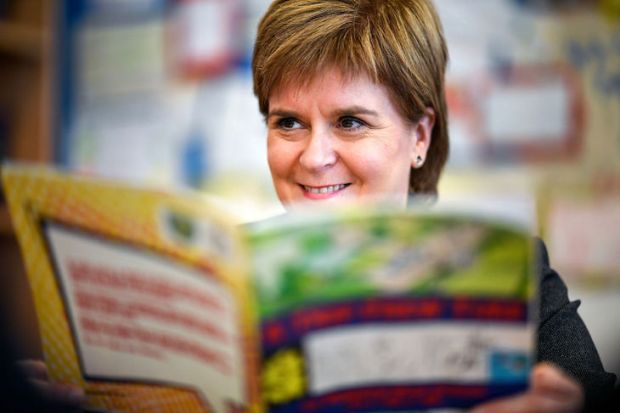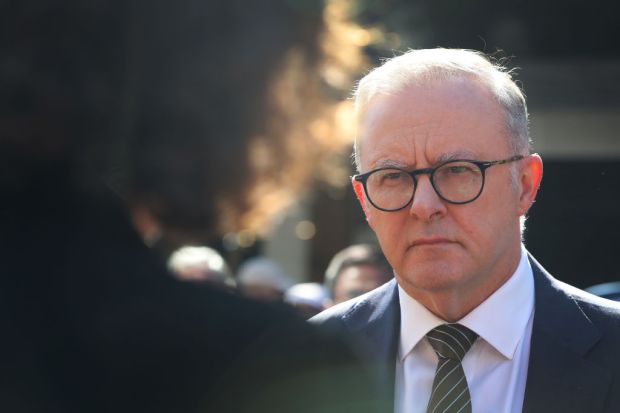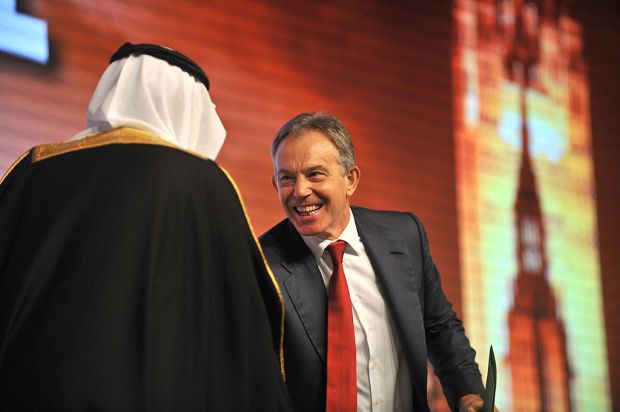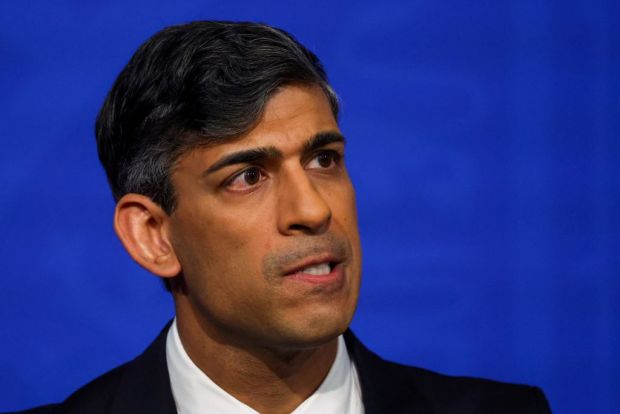A foreboding air of déjà vu surrounds the suspension of a teacher from a Bedfordshire school this week. A pupil at All Saints Academy complained that an image of Osama bin Laden had been labelled as the prophet Muhammad in a religious studies class and the teacher responsible has now been suspended until an investigation is completed.
The school said in a statement that ‘All Saints Academy recognises the deep hurt and distress that has been caused to the Muslim community’ and called the images that were used ‘totally inappropriate’ and ‘offensive’.
Was the image of bin Laden shown in jest, to start a discussion or did the teacher simply make a mistake? The details of the case aren’t yet clear. But regardless of how the image came to be shown or the motivation for sharing it, the incident has exposed the government’s inaction on safeguarding free speech in the classroom. Almost a year on from the events at Batley Grammar school, the Conservative position on the limits of freedom of speech in schools is still woefully unclear.
The stakes could not be higher for teachers, with the Batley Grammar teacher still in hiding after he showed a picture of Mohammed to a class in 2021. Despite these serious repercussions, teachers are still in the dark about what sort of material can and can’t be used in the classroom. It’s remarkable that 17 years after the Danish and French cartoon wars, when the publication of satirical images of Mohammad prompted outrage and violent threats across Europe, western governments are still in a state of moral confusion on this issue.
The Batley Grammar investigation looked at whether the teacher had intended to cause offence before concluding that his suspension should be lifted. But this is a worryingly subjective approach: all sorts of opinions and materials could be classed as offensive by parents and pupils, especially when viewed through the lens of modern identity politics.
The terms of the Bedfordshire investigation haven’t yet been laid out. But the fact that schools are seemingly being left to decide what is acceptable with little steer from the Department for Education is disappointing. It is yet another symptom of the climate of fear that has sprung up around this issue.
The government has had ample opportunity to provide guidance to schools on religious teaching materials. But in the wake of Batley it simply said that teachers had to ‘balance’ freedom of speech with the need to ‘promote respect and tolerance between people of different faiths and beliefs’. Is it any wonder, when faced with such vagaries, that another teacher has ended up in this position? Or that many others are likely choosing to self-censor rather than risk losing their jobs?
If the government’s reticence on this issue continues classrooms will swiftly become void of offence – safe but sterile spaces where pupils are cosseted from proper debate. As John Stuart Mill famously asserted in his 1859 essay On Liberty, coming into contact with disagreeable views can only result in a ‘clearer perception and livelier impression of truth’ and yet the government seems unsure about what limits, if any, to put on causing offence in the classroom.
It’s perfectly possible to have a class discussion about blasphemy without showing an image of the prophet Muhammad – and arguably this is a necessary part of respecting the beliefs of Muslim pupils. But how many teachers would even broach the topic of blasphemy with pupils having witnessed the reaction that others have faced elsewhere?
In some cases, teachers aren’t even allowed to seek guidance on this issue without their professionalism being called into question. In May, a trainee teacher at Manchester Metropolitan University was asked to attend a ‘fitness to practice cause for concern meeting’ simply because he asked his course leader whether they would support a teacher who showed such an image. Where are teachers supposed to turn for advice?
The government’s Higher Education Bill is currently aiming to place clear protections around freedom of expression on campus. But what about our schools? The Free Speech Union has already expressed concern about the loose definition of harmful speech in this bill. The government seems content to bury its head in the sand while schools deal with these issues alone. Without clear guidance on the line between harmful speech and healthy debate, schools will increasingly steer clear of thorny topics – and education will suffer as a result.
Got something to add? Join the discussion and comment below.
Get 10 issues for just $10
Subscribe to The Spectator Australia today for the next 10 magazine issues, plus full online access, for just $10.


















Comments
Don't miss out
Join the conversation with other Spectator Australia readers. Subscribe to leave a comment.
SUBSCRIBEAlready a subscriber? Log in